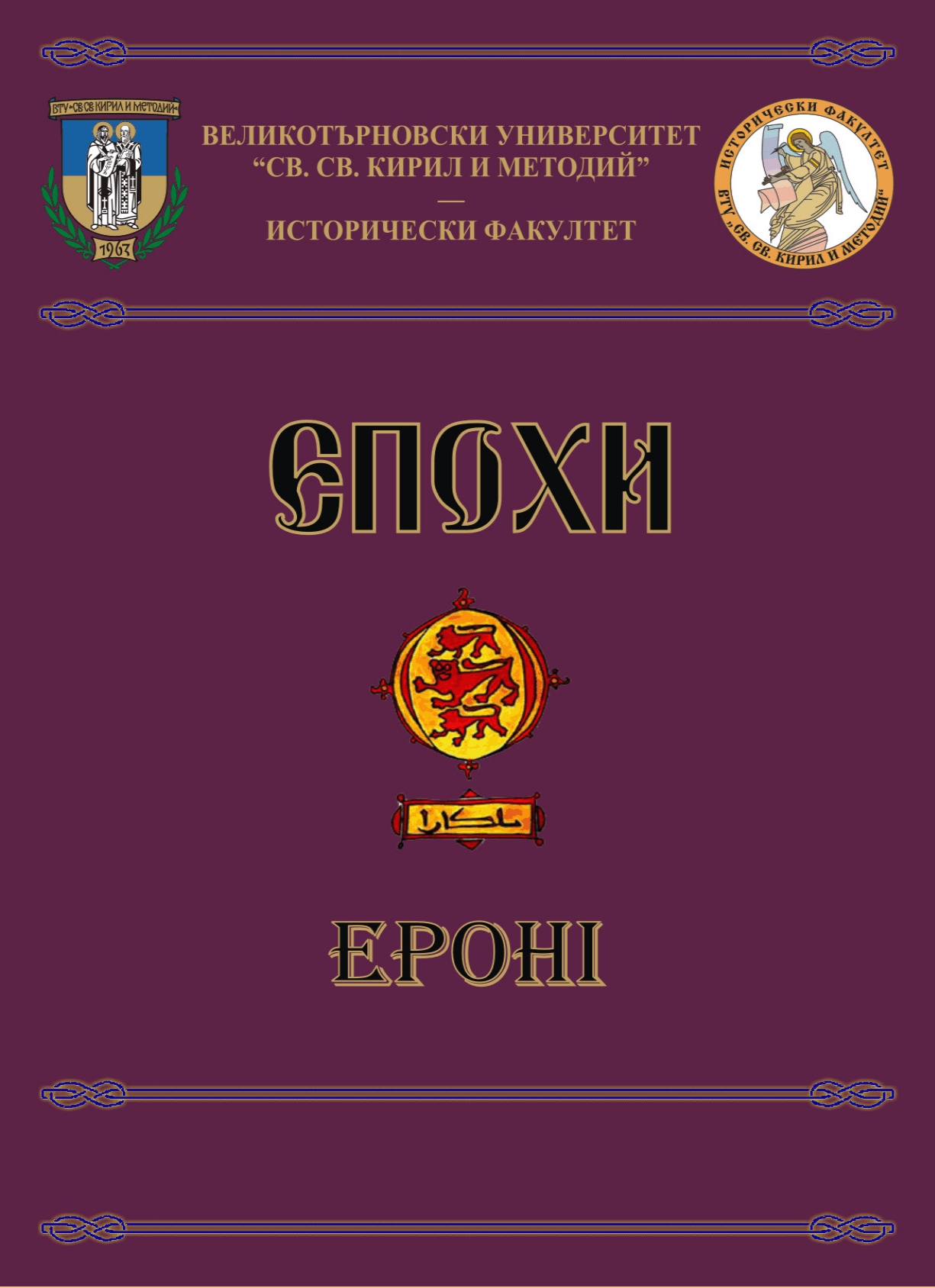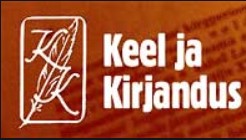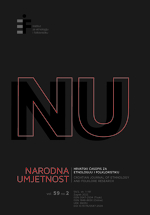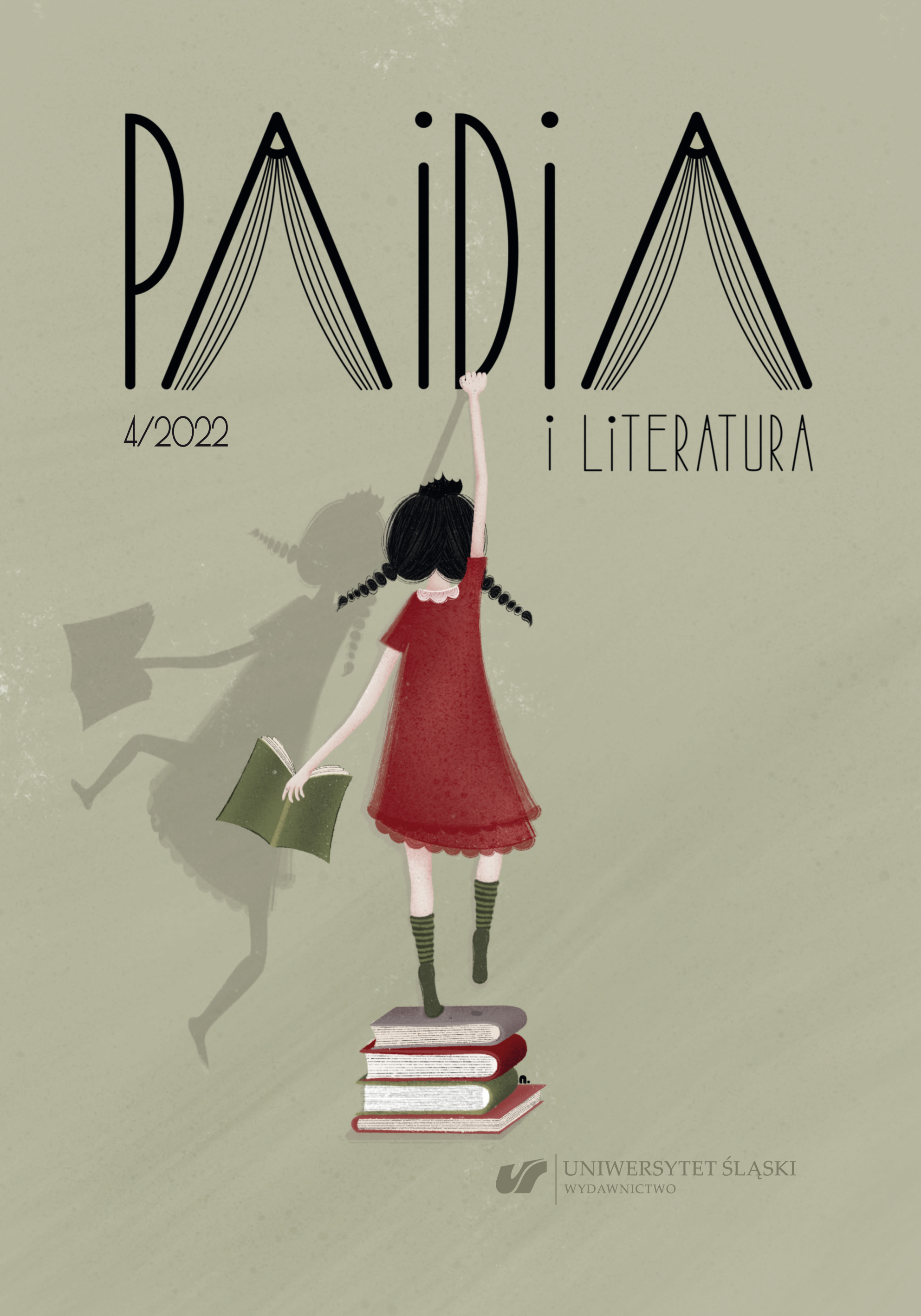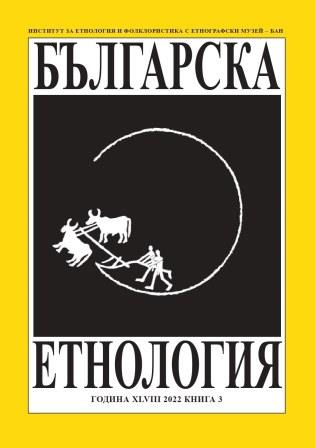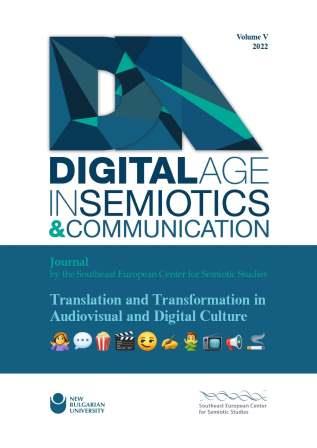Author(s): Danka Lajić-Mihajlović,Smiljana Đorđević Belić / Language(s): Serbian
Issue: 177/2022
The ideological sensitivity of the epic, i.e., the fact that, more than other folk artistic expressions, it incorporates and reflects the dynamics of the dominant ideological-political discourse of the societies in which it originates, and is reshaped through direct performances and/or media representation, also makes it a highly representative example of the relationship between state (cultural) policy and traditional culture. Phonograph record were chosen as an indicator of the state (cultural) policy of the second half of the 20th century, a period marked by communism and state socialism, and traditional values, such as singing with gusle. By examining this cultural production, we broach a complex issue of the relationship between official policies and individual actions from different positions, from conforming to ideological-political norms to transgression thereof. As a cultural product of the socialist era, phonograph records of gusle singing reflect the intense negotiation between continuity/preservation and innovation/modernization, which marked the status of tradition in the processes of constructing a new Yugoslav identity. Through considering of some of the aspects of this cultural production (characteristics of the performance, repertoire, visual representation of tradition on album covers, record companies’ policy, etc.) within the framework of the cultural-political, socio-cultural, market-economic and technological-media domains, we point to dialogic relationships with modernity and its official narratives.
More...
